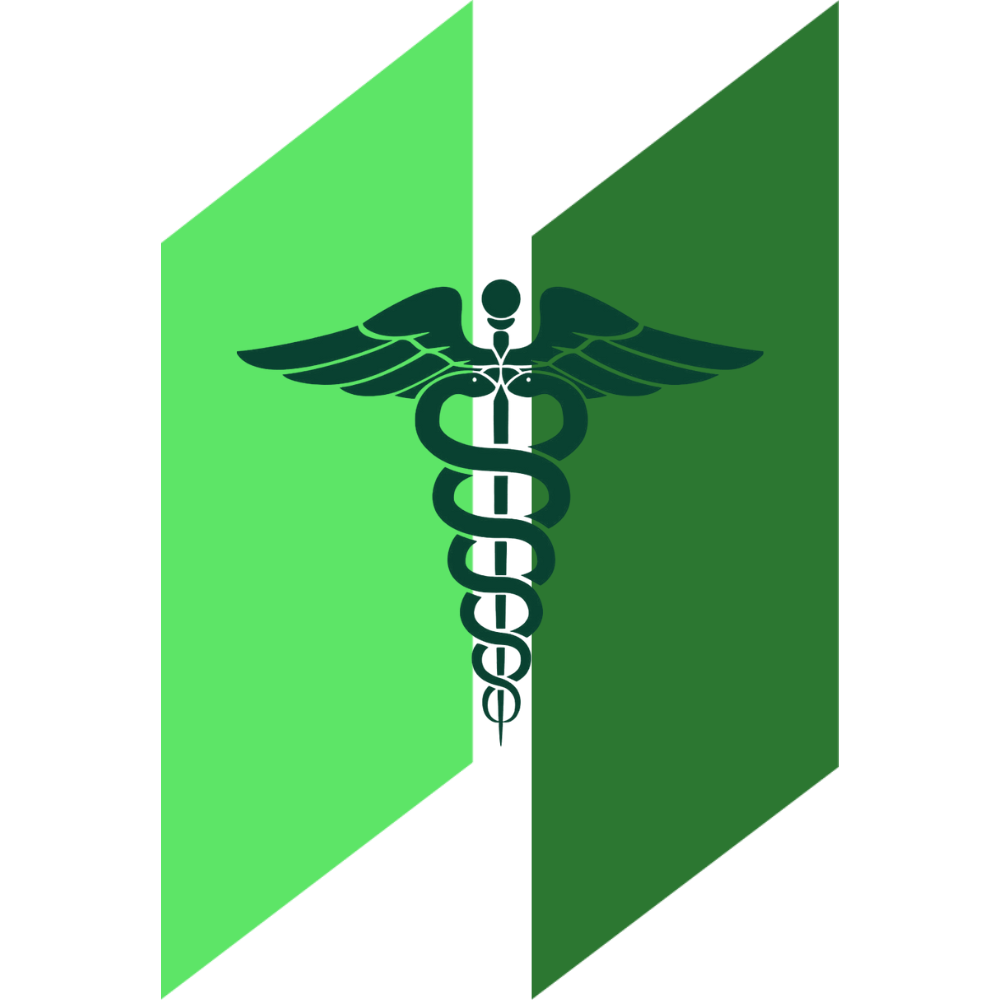Guardrails for the AI Era: What the Joint Commission’s New Guidance Means for Healthcare Leaders

AI is impacting every industry, and healthcare is no exception. However, some industries carry greater risk than others when putting trust into AI systems.
Artificial intelligence in healthcare is no longer a thought experiment - it’s already in the workflow. From AI-driven imaging to predictive scheduling, the technology is cutting waste, catching errors, and changing how care gets delivered. But as the Joint Commission and Coalition for Health AI (CHAI) remind us in their new Responsible Use of AI in Healthcare (RUAIH) guidance, AI isn’t just a miracle drug. It’s a powerful amplifier of the good, the bad, and the risky.
So what does “responsible AI” really look like in a hospital or health system? The Joint Commission lays out seven pillars that together form a blueprint for safe, trustworthy adoption.
1. AI Governance Isn’t Optional
Every organization needs clear policies and a governance structure that includes executives, clinicians, IT, compliance, and data privacy experts. AI isn’t a side project anymore. It’s a board-level issue at nearly every health system across the country. Without accountability, AI tools drift into shadow use, and that’s when errors compound.
2. Privacy and Transparency Are Table Stakes
Patients deserve to know when AI is part of their care, and how their data is being used. Transparency builds trust, while secrecy erodes it. Think of it this way: if your patients found out from someone else that AI influenced their treatment plan, would they feel reassured, or blindsided?
3. Data Security Is Non-Negotiable
Large datasets fuel AI, but they also create a bigger attack surface. The guidance calls for encryption, tight access controls, incident response plans, and explicit restrictions on data reuse. HIPAA compliance is the floor, not the ceiling.
4. Continuous Quality Monitoring
AI isn’t a “set and forget” technology. Models evolve, data drifts, and updates happen behind the scenes. The Joint Commission recommends ongoing monitoring, especially for tools that touch clinical decision-making. In practice, that means dashboards, validation routines, and clear reporting paths when something looks off.
5. Voluntary Safety Event Reporting
Just as hospitals track and share sentinel events, the guidance suggests blinded reporting of AI-related errors. This lets the industry learn from mistakes without waiting for regulators to step in. Imagine a national “black box recorder” for AI safety - confidential but invaluable.
6. Bias and Risk Assessment
Every AI tool carries the risk of bias, from the datasets it was trained on to the populations it serves. Leaders need to demand bias assessments from vendors, test locally, and monitor continuously. The question isn’t whether bias exists, but whether you’re catching it before patients are harmed.
7. Training and AI Literacy
Technology won’t succeed if the workforce doesn’t understand it. The guidance urges role-specific education, from clinicians learning when to trust (and not trust) AI outputs, to administrators understanding compliance risks. Upskilling staff is as important as upgrading servers.
Why It Matters Now
The Joint Commission’s message is clear: AI success is less about the model and more about the management. Hospitals that treat AI like a plug-and-play widget will see erosion of trust, while those that adopt governance, transparency, and monitoring will unlock real gains in safety and efficiency.
And here’s the kicker: following these guidelines isn’t just defensive. It’s an opportunity to build competitive advantage. Patients, providers, and regulators are all watching closely. The systems that can demonstrate trustworthy, explainable, and effective AI use will win both confidence and market share.
Read the full Joint Commission Report here.
The Bottom Line
AI will magnify whatever foundation you build it on. If your knowledge is fragmented, policies vague, and training sporadic, AI will scale the chaos. But with governance, transparency, and a focus on patient safety, AI can truly elevate care.
The Joint Commission’s RUAIH framework is more than a checklist. It’s a challenge to leaders: Are you ready to govern AI with the same seriousness as you govern clinical safety?

.svg)


.svg)






